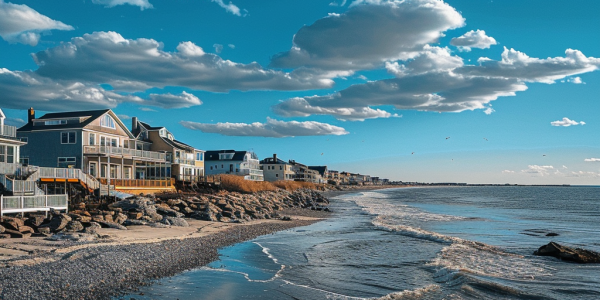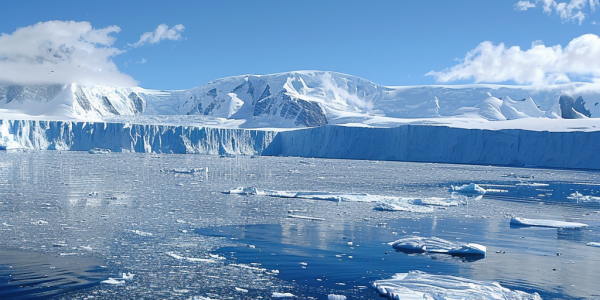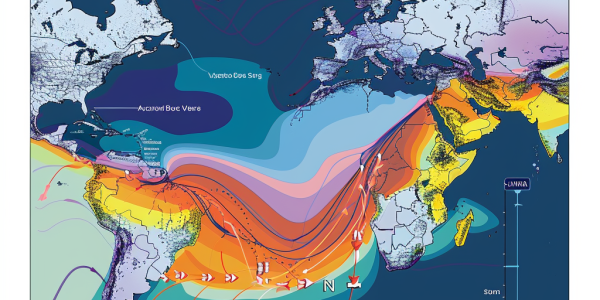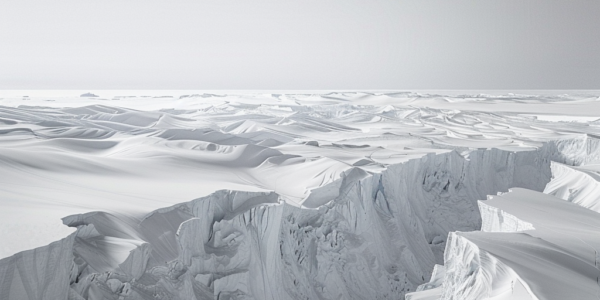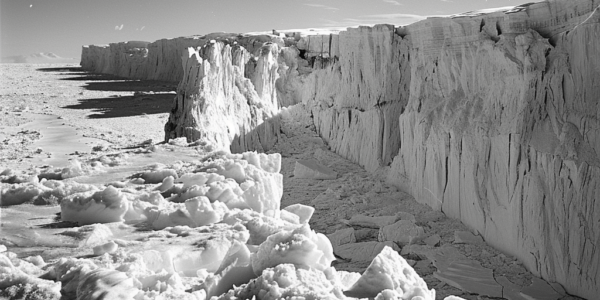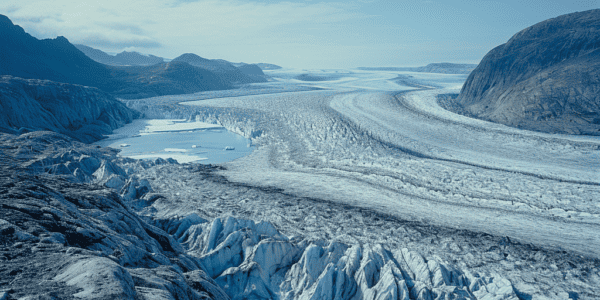NOAA Report Reveals Potential Impact of Sea Level Rise on New Jersey
Learn about the potential impact of sea level rise on New Jersey as outlined in a recent report by the National Oceanic and Atmospheric Administration (NOAA). Discover how the interactive map provided by NOAA allows users to visualize areas that could be underwater in the future, and understand the implications of rising temperatures on melting ice and increasing ocean levels. Stay informed and prepared for possible scenarios with valuable resources like the one offered by NOAA.
Study Reveals Ocean Water Flowing Miles Underneath Antarctica’s ‘Doomsday Glacier’
A new study reveals that ocean water is rushing miles underneath Antarctica’s ‘Doomsday Glacier,’ potentially impacting sea level rise. The Thwaites Glacier in West Antarctica, known for its catastrophic effects on sea levels, is facing increased risks of melting. The study highlights the concerning dynamics at play and the urgent need for continued monitoring and research.
Study Reveals Weakening of Atlantic Abyssal Limb in North Atlantic
A recent study published in Nature Geoscience reveals a weakening of the Atlantic Meridional Overturning Circulation abyssal limb in the North Atlantic, impacting heat and carbon redistribution. The study shows a decrease in the transport of Antarctic Bottom Water towards the north, with warming trends contributing to sea-level rise in the region. This weakening is linked to reduced formation rates of Antarctic Bottom Water and abyssal warming in the western Atlantic Ocean.
Alarming Discovery About ‘Doomsday Glacier’ in Antarctica
Scientists have made a startling discovery about the Thwaites Glacier in West Antarctica, often referred to as the ‘Doomsday Glacier.’ A new study reveals evidence that the glacier began rapidly retreating in the 1940s, raising concerns about the alarming rate of future melting. The implications of the Thwaites Glacier’s fate are substantial, with potential sea level rise and catastrophic global flooding. This research emphasizes the urgent need for global efforts to address climate change and its impacts.
Research Highlights Potential Impact of Individual Weather Events on Sea Level Rise
Recent research has highlighted the potential impact of individual weather events on the world’s largest ice sheets and, consequently, on sea level rise. A heat wave in Greenland and a storm in Antarctica have raised concerns about the long-term effects of such events, especially in the context of a warming climate. According to the Intergovernmental Panel on Climate Change (IPCC), global sea levels are projected to rise by 28 cm to 100 cm by 2100. This wide range of estimates underscores the uncertainty surrounding future sea level rise and its potential implications for millions of people worldwide.
Study Reveals East Antarctic Ice Sheet May Be on Verge of Rapid Melting
A recent study has revealed that the Wilkes Subglacial Basin in East Antarctica may be on the verge of rapid melting, potentially leading to a significant rise in global sea levels. Researchers found that small temperature increases beneath the sheet could trigger a collapse, causing substantial ice melt. The findings underscore the urgent need for further research and monitoring of East Antarctica’s ice sheets to better understand the potential impacts of climate change on global sea levels.
Greenland’s Ice Sheet Experiencing Widespread Acceleration in Calving, Leading to Significant Ice Loss and Rising Sea Levels
Greenland’s ice sheet has been experiencing widespread acceleration in calving, leading to significant ice loss and contributing to rising sea levels and global climate impacts. A recent study has revealed that the Greenland Ice Sheet (GrIS) has lost 5,091 ± 72 km2 of…

